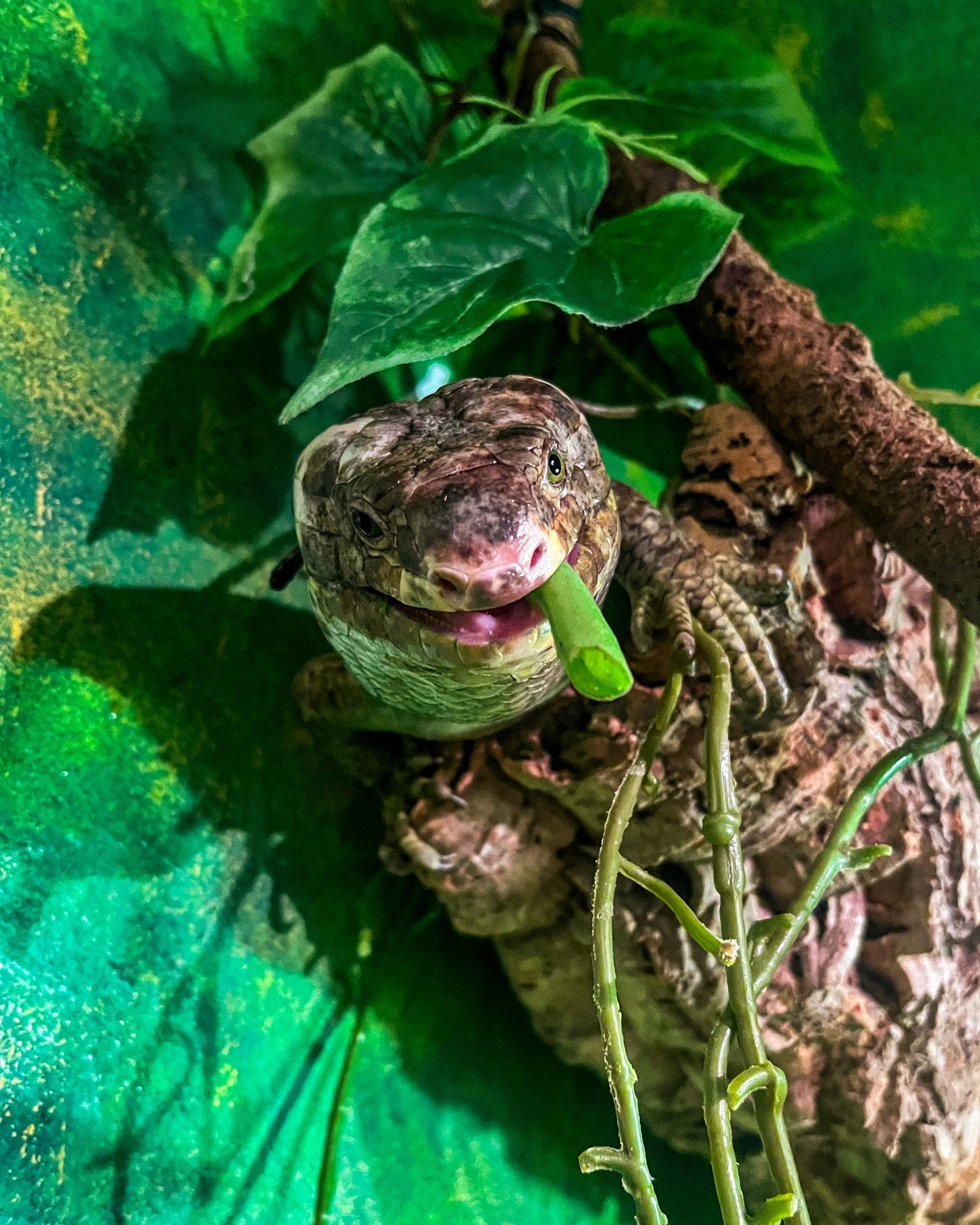- The anatomy and adaptations of prehensile-tailed skinks for climbing.
- The behavioral enrichment strategies used by zookeepers to simulate natural environments.
- The ecological role and conservation status of prehensile-tailed skinks.
- The dietary preferences and nutritional needs of these reptiles.
- The importance of public education in wildlife conservation efforts.
The prehensile-tailed skink, a remarkable reptile native to the Solomon Islands, showcases a fascinating blend of anatomical adaptations that make it an agile climber. The skink’s specialized structures such as pointed claws and a robust prehensile tail enable it to navigate the arboreal habitats with ease. Its tail, acting much like an additional limb, curls around branches to provide stability and balance while climbing. This adaptation is crucial for maneuvering through dense foliage and reaching food sources high in the trees. The physical architecture of these skinks is a primary reason they thrive in their native lush forests, demonstrating a perfect blend of form and function.
Zookeepers have ingeniously mirrored the natural environment of these skinks within the confines of the zoo. They employ behavioral enrichment techniques to engage the skinks in activities that mimic their wild climbing habits. A key strategy involves placing desirable food items, such as green peas, in elevated spots. This encourages the skinks to climb and exhibit natural foraging behaviors. By offering varied environmental challenges, keepers promote physical activity and mental stimulation, ensuring that the skinks maintain their agility and curiosity. Such enrichment not only supports physical health but also replicates the intellectual engagement the skinks would encounter in the wild.
Prehensile-tailed skinks play a vital ecological role within their native ecosystems. As herbivores, they contribute to seed dispersal, which aids in plant reproduction and forest regeneration. These skinks also serve as prey for larger predators, thus maintaining the balance within the food web. However, their existence is threatened by habitat destruction and illegal pet trade. Conservation efforts are crucial to preserving their natural habitats and enforcing regulations against the illicit wildlife trade. Protecting these reptiles ensures the stability and diversity of their ecosystems, highlighting the interconnectedness of life forms.
The diet of prehensile-tailed skinks is primarily herbivorous, consisting mostly of leaves, flowers, and fruit. In captivity, their nutritional regimen is curated to reflect this natural diet as closely as possible, including greens and vegetables. Green peas, in particular, are a favored food item, providing essential nutrients while stimulating natural foraging behaviors. Proper diet management in captivity is vital, as it affects the overall health, reproduction, and longevity of these skinks. Zookeepers and researchers continuously study and refine dietary plans to ensure these reptiles receive balanced nutrition.
Public educational initiatives play a crucial role in wildlife conservation, especially for species like the prehensile-tailed skink. Zoos are in a unique position to educate visitors about these reptiles and the threats they face. By fostering awareness and interest, zoos inspire conservation-minded behaviors and support for initiatives that protect endangered species and their habitats. Educational programs emphasize the importance of biodiversity and the roles various species play within ecosystems. Engaging the public in conservation dialogues can lead to broader support and funding for preservation efforts, ultimately contributing to sustainable environmental stewardship.
*****
Source Description
Look what I found! 🦎😋🫛
Prehensile-tailed skinks are built to climb with pointy claws and a strong tail that they can wrap around branches to help keep their balance. Zookeepers encourage the skinks at the Zoo to scale branches as they would in the wild by placing high-value food items (like their favorite green peas!) in high places in their habitat.
📸: Keeper Addy
Alt-text: A happy prehensile-tailed skink peers down at us from a high corner of its habitat with a half-eaten green pea pod hanging out of its mouth.


